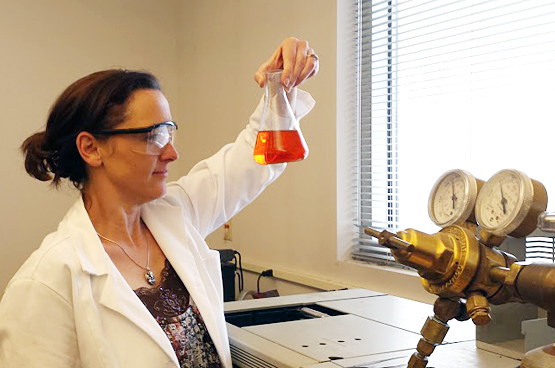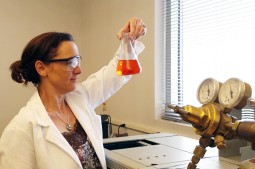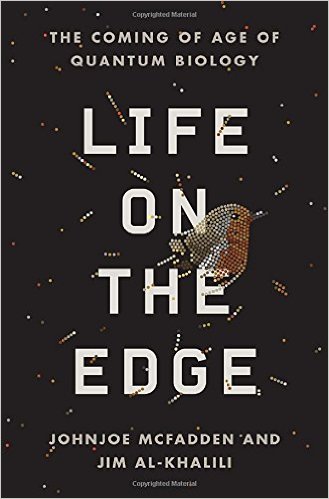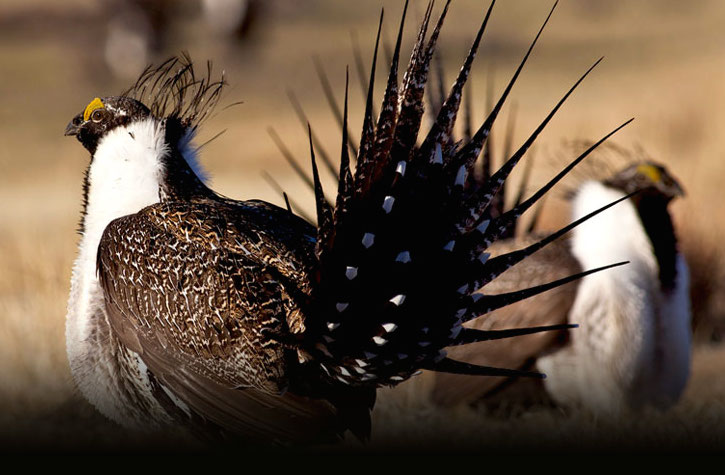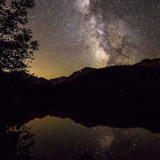 Winter Stars (starts at 5:30). We talk with Dave Sutherland, an interpretive naturalist with Boulder Open Space and Mountain Parks, about winter star-gazing. This program is tied to an upcoming concert performance by the Boulder Philharmonic Orchestra on February 12, 2016. More information about the Boulder night hikes and other programs can be found at: www.naturehikes.org and to find out more about for the starry concert and to purchase tickets, check out http://boulderphil.org/site/concerts/spheres-of-influence
Winter Stars (starts at 5:30). We talk with Dave Sutherland, an interpretive naturalist with Boulder Open Space and Mountain Parks, about winter star-gazing. This program is tied to an upcoming concert performance by the Boulder Philharmonic Orchestra on February 12, 2016. More information about the Boulder night hikes and other programs can be found at: www.naturehikes.org and to find out more about for the starry concert and to purchase tickets, check out http://boulderphil.org/site/concerts/spheres-of-influence
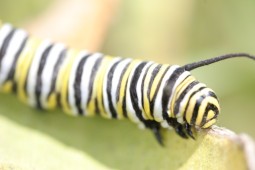
Photo credit: Jonathan Lundgren
Pollinators and Insecticides (starts at 10:06). Although they may be hidden in the chill of winter, crickets, bees and thousands of other insects play a critical role year-round in how we grow the food we eat. Dr. Jonathan Lundgren, a South Dakota-based entomologist, talks with host Susan Moran about how predator insects serve as biological pest controls. Dr. Lundgren’s research on adverse effects of a controversial class of insecticides, called neonicotinoids, on pollinators such as honeybees and monarch butterflies, has made him the target of political pressure from his employer, the U.S. Department of Agriculture. A watchdog group has filed a whistleblower complaint on Lundgren’s behalf against the USDA. Dr. Lundgren recently started a research and education farm, called Blue Dasher Farm, which promotes regenerative agriculture.
Hosts: Susan Moran, Joel Parker
Producer & Engineer: Joel Parker
Executive Producer: Joel Parker
Listen to the show:
Podcast: Play in new window | Download (Duration: 24:17 — 22.2MB)
Subscribe: RSS






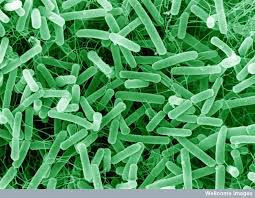

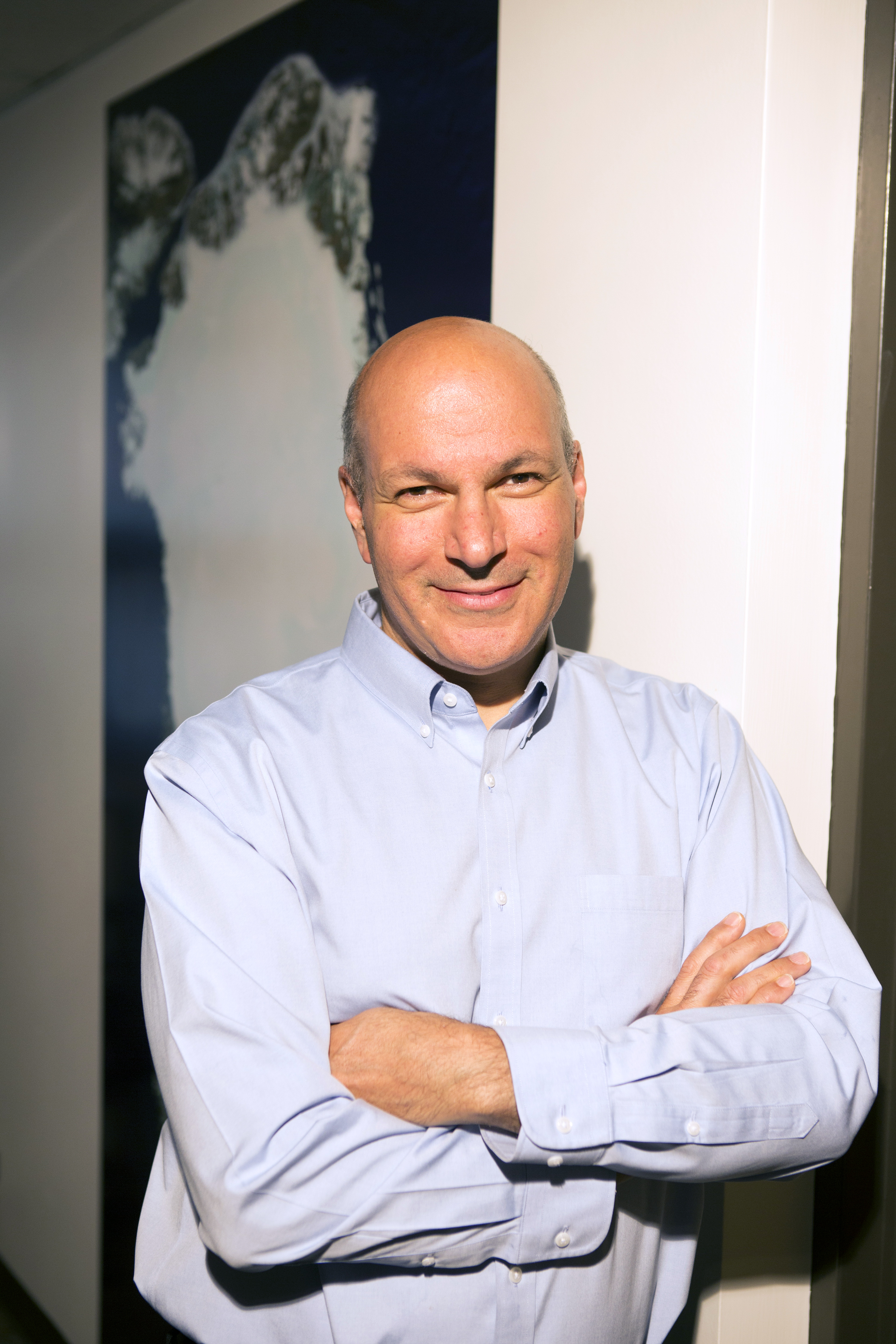
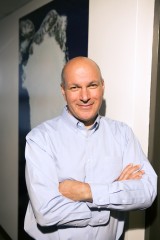
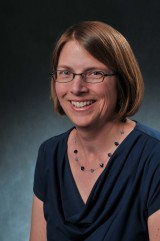


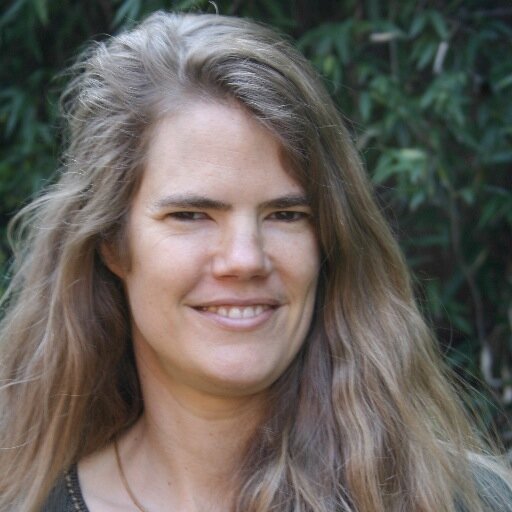
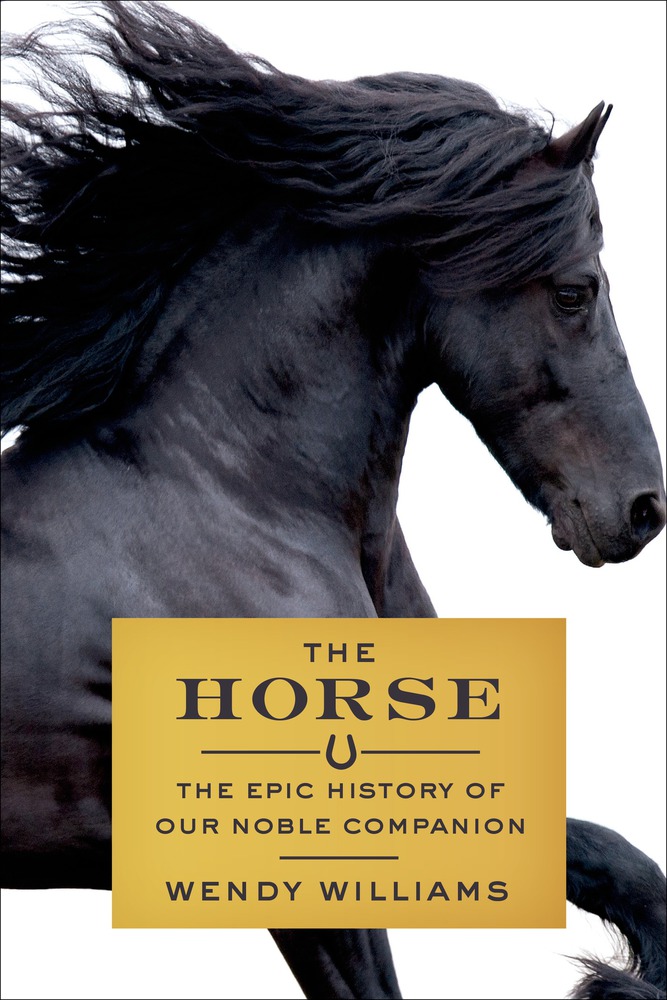
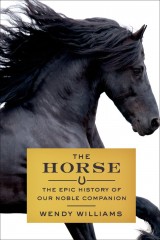 In today’s show we offer the following feature:
In today’s show we offer the following feature: